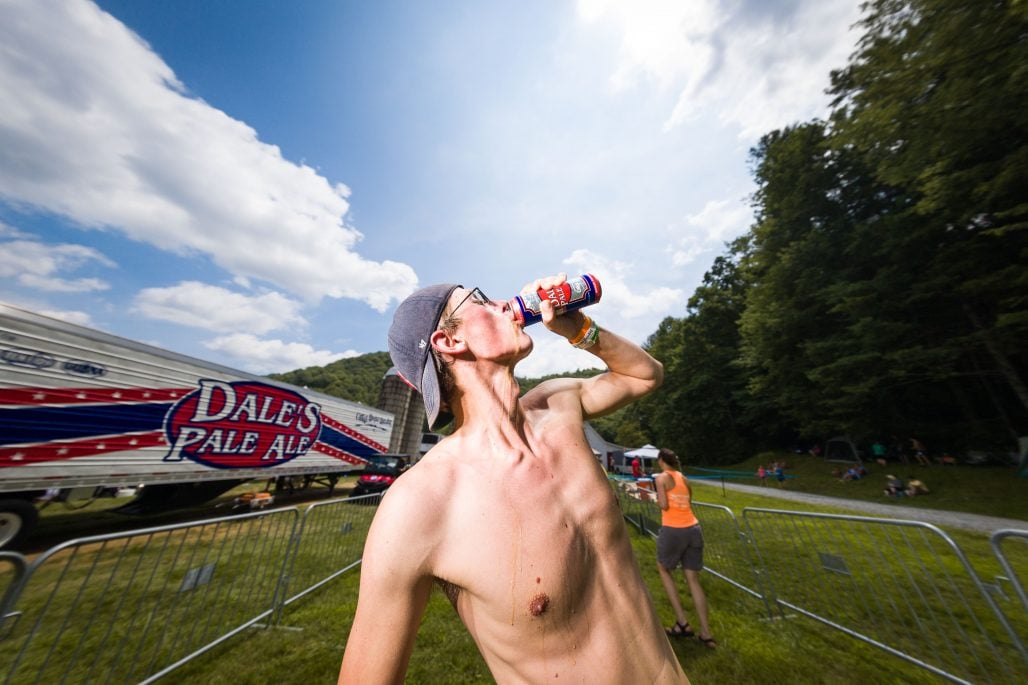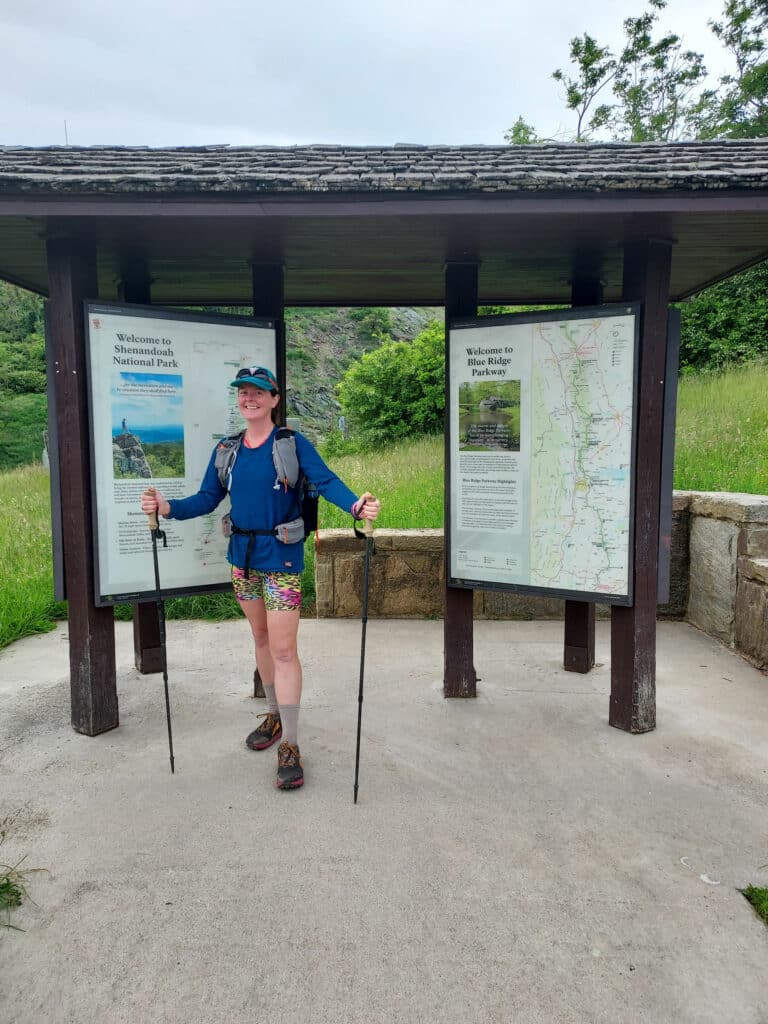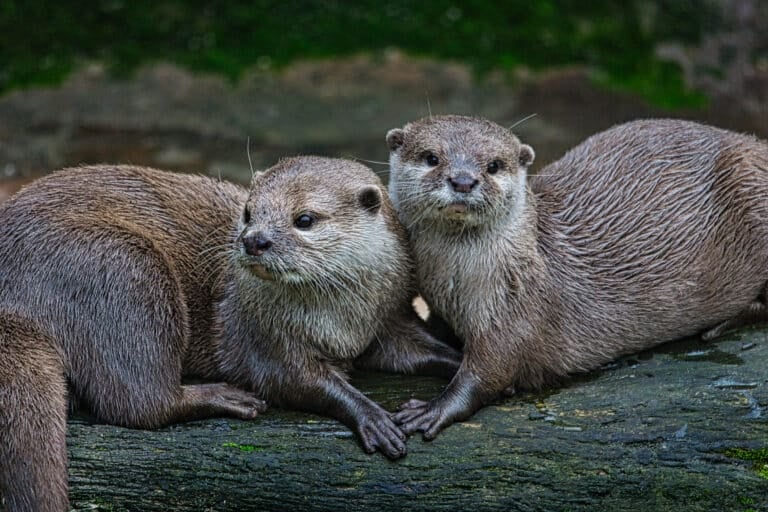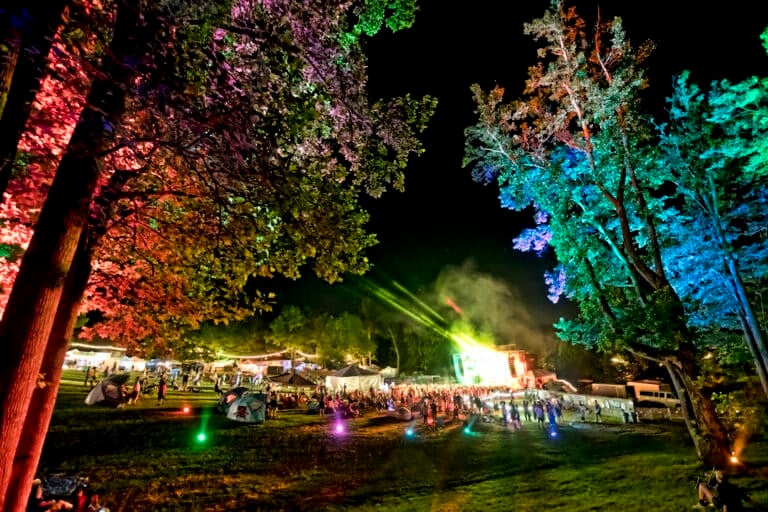These days, the worlds of beer and adventure are inextricably linked. From pub runs to beer-sponsored bike races, every time we step out the door to recreate, it seems as if the suds are right there with us. But is this boozy relationship good or bad for the outdoor community?
Big beer brands like Coors Light, Budweiser, and Miller Light have gone arm in arm with mainstream sports for decades, sponsoring everything from baseball teams to soccer leagues. But as the craft beer industry has continued to blossom across the country, so, too, has the relationship between beer and adventure sports, once considered at the fringe of modern day athletics.
This trend, says Devils Backbone Brewing Company founder Steve Crandall, came as little surprise to him. After a ski trip to Cortina, Italy, in 1992, where he and his wife spent their days skiing from village to village drinking Weihenstephaner, Crandall recognized that both the skiing and the beer were integral to the cultural identity of this southern Alps town.
A decade later, having hiked and hunted throughout the American West, Crandall saw the beginnings of that same rapport as small-scale breweries started popping up in towns boasting backdoor access to recreation.
“There’s nothing better than going out and having an adventure, whether it’s mountain biking or hiking or floating, and at the end of that adventure, sitting down with those people and regaling each other with what an amazing time you had over a couple of beers,” Crandall says.
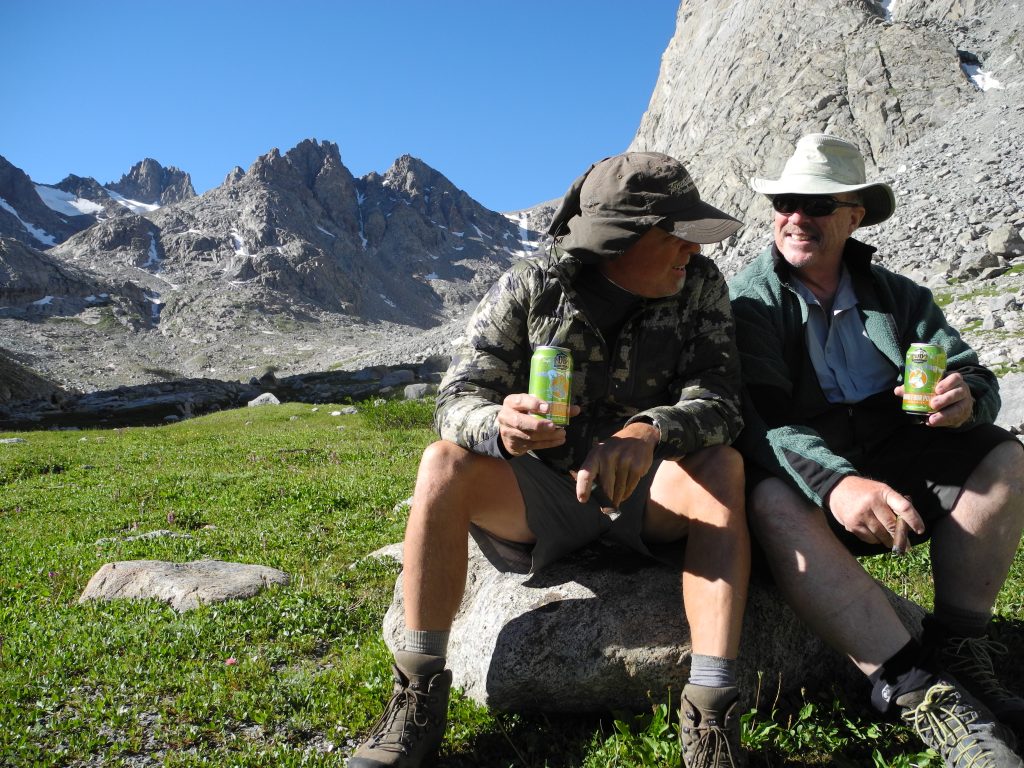
Thus, Crandall’s vision for Devils Backbone Brewing Company was born. Situated at the foothills of Three Ridges Wilderness and Wintergreen Resort, Crandall wanted the brewery to be as much a part of the adventure as the adventure itself. Throughout the year, the brewery hosts guided hikes as well as on-site mountain bike races and a 75-mile Brewery 2 Brewery road ride from their Lexington Outpost Brewery to the Basecamp Brewpub in Nelson County.
During thru-hiker season, the brewery offers free shuttles, free camping, and a $5 breakfast for Appalachian Trail hikers passing through the Tye River area. Two of their beers even support outdoor-related non-profits—proceeds from the Trail Angel Weiss benefit the Appalachian Trail Conservancy while $1 per case sale of Striped Bass Pale Ale goes to the Chesapeake Bay Foundation.
“To me, adventure and beer go hand in hand and one without the other would be disappointing,” says Crandall.
Not everybody in the adventure community shares Crandall’s sentiment. Take Brevard-based adventure photographer Tim Koerber. Koerber’s lost a few friends and family members to liver failure and other byproducts of alcoholism. Personally, he doesn’t drink much, although he doesn’t see the harm in a post-ride beer at the parking lot. But he’s worried that some of his friends might be unable to have, as Crandall put it, “one without the other.”
“They crack a beer in the morning and slowly drink all day,” Koerber says. “They’re never drunk, but I’ve also never known them to go a day or two without a few drinks.”
That, coupled with the overwhelming presence of beer at organized races and even casual group rides, has Koerber concerned that it’s sending the wrong message to the outdoor community. Particularly in places like Pisgah National Forest and DuPont State Forest, where alcohol is clearly not allowed, Koerber finds it discouraging that trail users ignore the rules for a buzz.
“I won’t come down on someone for enjoying a ‘sports beverage’ or two, but I think that the whole community needs to have an awakening in a sense,” he says. “We don’t need to have folks out there on six or 10 beer rides. We don’t need to be getting wasted on the water. What happens when there’s an incident on the trail, maybe a head-on collision with a hiker, or a runner, or a horse? And it comes out that alcohol was involved? That’s the day that I fear the most. It will happen, it’s just a matter of when.”
Iron Mountain CrossFit owner Paul Gadola says that alcohol can also hinder performance. According to the American Athletic Institute, alcohol causes dehydration and decelerates the body’s healing process, resulting in double the injury rate for weekly drinkers (54.8 percent) versus non-drinkers (23.5 percent). Getting drunk, even once, can cause athletes to lose up to two weeks of training benefits.
“There’s also the issue of people who want a six pack and it’s like, well, you probably want to stop drinking those excessive calories,” Gadola says. “Especially with crossfit, intensity [of a workout] does matter, but consistency matters more. If you drink too much one night and you don’t show up to work out the next day, it just starts this downward spiral.”
Still, Gadola argues that if an active person enjoys running or cycling for the psychological benefits the activity affords, as opposed to the competitive stimulus, he doesn’t see the harm in tossing back a few beers, too. Alcohol, not unlike running or biking, releases serotonin, dopamine, and endorphins in the brain, all of which are known contributors to increasing happiness and decreasing stress.
“If you’re trying to win races and you’re really trying to increase performance, [drinking] is not what I would advise,” he says, “but if they’re out having fun and enjoying the psychological state created by the drinking and the sense of community and belonging, that can be more important for your health and well-being.”
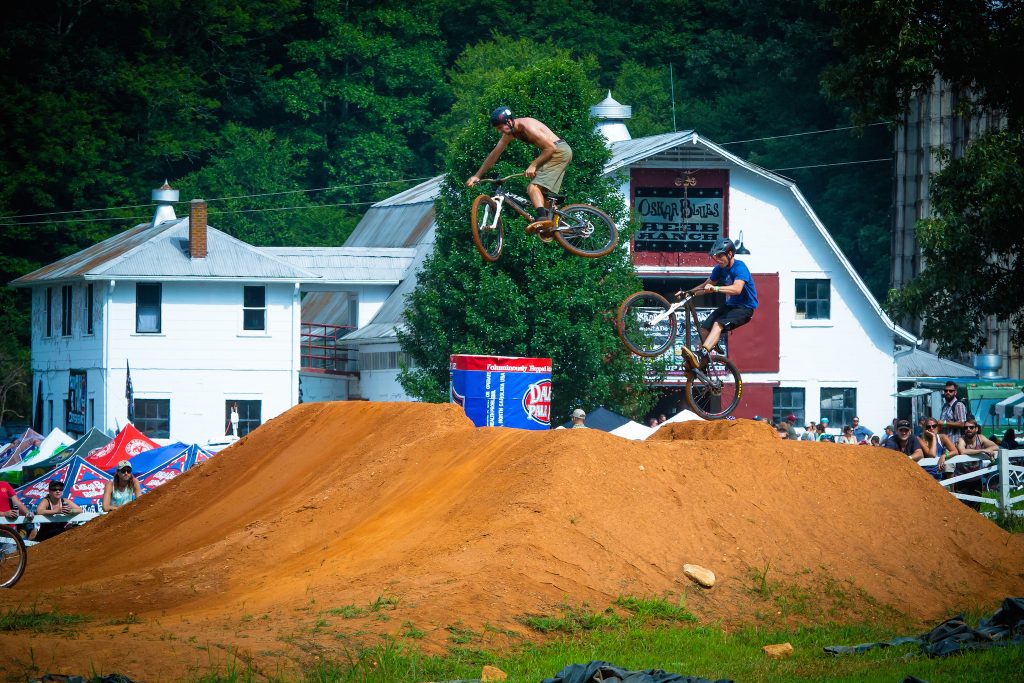
“Most people who are focused on the outdoor lifestyle are also much less likely to overindulge because they want to be able to enjoy the mountain biking or paddling, and it’s hard to do that when you’re drunk,” says Oskar Blues Brewery spokesperson Aaron Baker.
The facts back up Baker’s claim. A 2016 study conducted by The Harris Poll found that 57 percent of regular craft brew drinkers exercise several times per week. Additionally, two out of three craft beer lovers say they are more likely to attend a brewery-sponsored health or wellness event if a beverage is included. The study also found that craft beer fans drink less overall than big beer brand consumers.
Oskar Blues has seen these facts play out firsthand at the brewery. For starters, every Oskar Blues employee that works at the brewery for two years receives a free Reeb mountain bike. As a result, the company culture is overwhelmingly active.
Every Thursday, the Oskar Blues Brevard location is packed with cyclists who show up for the weekly group ride, and the brewery’s larger events, like its signature Burning Can festival, attract outdoor enthusiasts of every type. The festival takes place on the Oskar Blues Reeb Ranch, a 140-acre property that neighbors DuPont State Forest and is home to world-class dirt jumps, a pump track, slalom course, and a handful of cross-country trails.
“It’s definitely a part of what we do,” Baker says. “Overall, I think the industries help one another. There is a ton of crossover with people who enjoy outdoor recreation and also enjoy beer,” a fact, he says, that has been integral in redefining the economic structure of Brevard after the town’s two key manufacturing employers shut down in the early 2000s.
Back in Beer City, U.S.A., aka Asheville, N.C., Astral employee Ty Caldwell is an anomaly among his beer-drinking, whitewater kayaking friends. Caldwell’s never had a drop of the stuff, which means he’s usually the shuttle bunny by default. He doesn’t mind, necessarily, that every outing he’s on involves booze to some degree, but he can’t help but wonder if it’s more about the “cool factor” associated with partying and recreating.
“It’s all about getting that Instagram photo of their beer at Sunshine [on the Green River Narrows] or their beer with their bike and posting about how cool their day was,” Caldwell says. “I was on a birthday ride last week and everyone shotgunned a beer before going. Maybe it’s the camaraderie they enjoy, but hell, I don’t want to do that before I go climb up a side of the mountain.”
In general, though, Caldwell has rarely come across a group of paddlers on the Narrows, his hometown class V run, where he was genuinely concerned about their level of intoxication. He says that, with the exception of Gauley Fest, which is notoriously rowdy, most people know their limits when it comes to boozin’ in the outdoors.
What do you think? Does promoting beer in the outdoors have a negative, positive, or negligible impact on adventure? Leave us a comment here, or tag us on Twitter and Instagram and use the hashtag #BeerAndAdventure.
